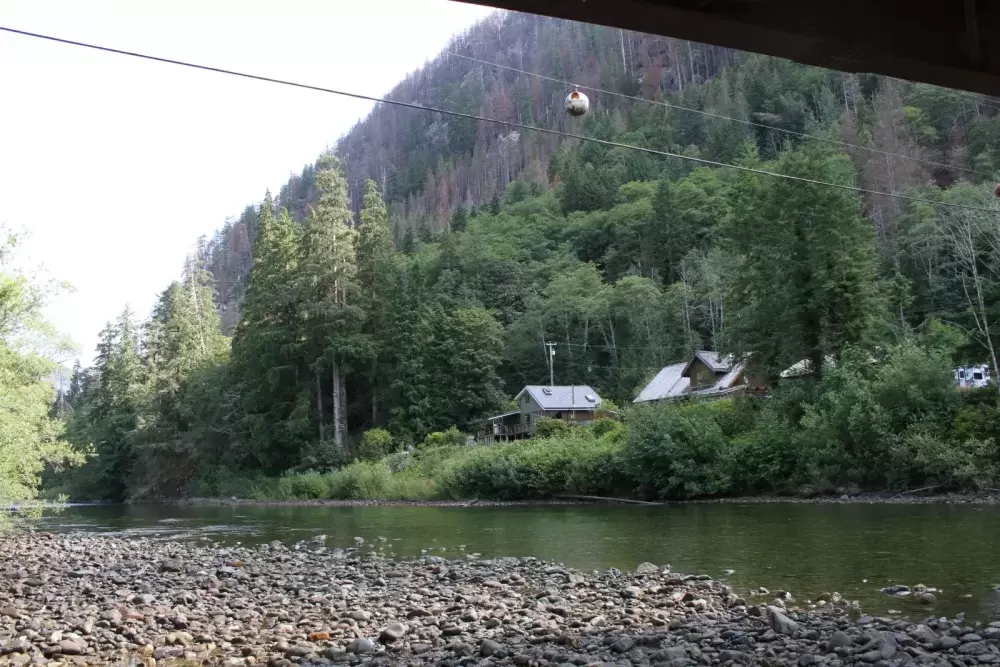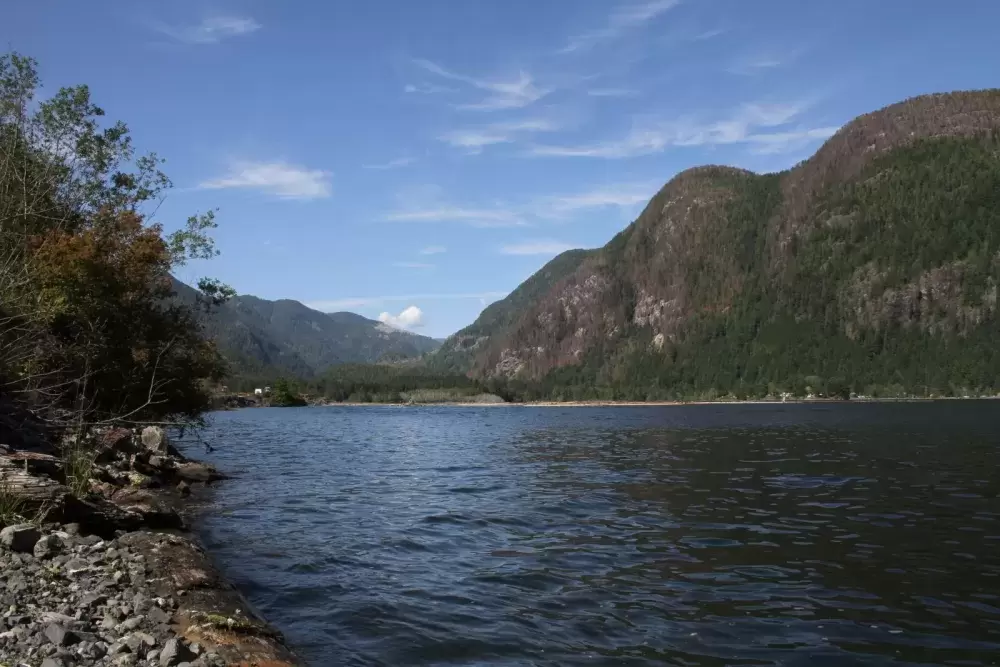The Declaration on the Rights of Indigenous Peoples Act does not “give independent legal force” to its articles, states the province in its defence of a mineral claim system that brings no obligation to consult before mining in a First Nation’s territory.
Over the first two weeks of April the B.C. Supreme Court heard from the Ehattesaht/Chinehkint and Gitxaala First Nations, who assert that the province’s current means of granting mineral rights goes against its obligations under the Declaration Act, or DRIPA, and Canada’s Constitution Act of 1982. Passed in November 2019, the Declaration Act tasks the province to align its laws with the internationally recognized United Nations Declaration on the Rights of Indigenous Peoples, which includes the duty to acquire “free, prior and informed consent” to use or profit from the traditional territory of an Indigenous people.
But there is no obligation for someone to follow this under B.C.’s system of granting mineral rights. Currently any Canadian corporation, partnership or person over 18 who lives or is authorized to work in Canada can become a certified “free miner” after paying a fee of $25, according to the Mineral Tenure Act. A claim can be made online by choosing a cell on a map and paying $1.75 per hectare with a credit card.
The claim holder is then “entitled to those minerals…that are held by the government and that are situated vertically downward from and inside the boundaries of the claim,” according to the provincial legislation. After a year the claim expires, but exploration and development work renews it, as does paying another fee. Mineral rights can also be transferred to another person.
The legal limit for extraction by any “free miner” is 100,000 tonnes of ore a year, beyond which a large-scale permit is required by the province, according to calculations provided by the Gitxaala’s legal team.
Meanwhile, First Nations that have called these claim areas home for thousands of years are being left out of the equation. The Ehattesaht’s concerns go back to 2018, when exploratory mining done by Forest Crystals exceeded what the company was authorized to do in the area near Zeballos, states documents submitted to the court by the First Nation. From January 2020 to April of last year 32 mineral claims were registered in Ehattesaht territory, issued to GMR Global Mineral Resources Corporation, Almehri Mining and Privateer Gold.
Amid this surge in interest, the First Nation proposed an agreement with the provincial government that aligned with the Declaration Act, but no deal was made, according to the Ehattesaht’s filing.
“For many years, Ehattesaht have witnessed the entry into their land, and, the use, exploitation, and extraction of resources in their Ha-Hahoulthee without Ehattesaht’s consent and without recognition of Ehattesaht’s prior use and ownership,” states the First Nation’s submission to the court. “Individually and cumulatively, resource development activities negatively affect the environment and animals on which Ehattesaht rely for the exercise of their Aboriginal rights.”
“B.C.’s Mineral Tenure Act is the root cause of a host of problems,” said Jamie Kneen of MiningWatch Canada in a statement, who is also co-chair of the BC Mining Law Reform Network. “It disregards Indigenous rights and allows claims to be staked in almost anyone’s backyard, without their knowledge, much less consent.”
“In this day and age, the fact that someone can huddle over their keyboard in a dark basement and file mineral claims over tens of thousands of acres of Indigenous lands – without any consultation whatsoever, and without any notification – is a complete, egregious violation of the Declaration Act, and it’s unacceptable,” stated Grand Chief Stewart Phillip of the Union of B.C. Indian Chiefs.
The B.C. Supreme Court heard the cases of both the Ehattesaht and Gitxaala First Nations at the same time. The First Nations await the court’s decision in the months ahead.


